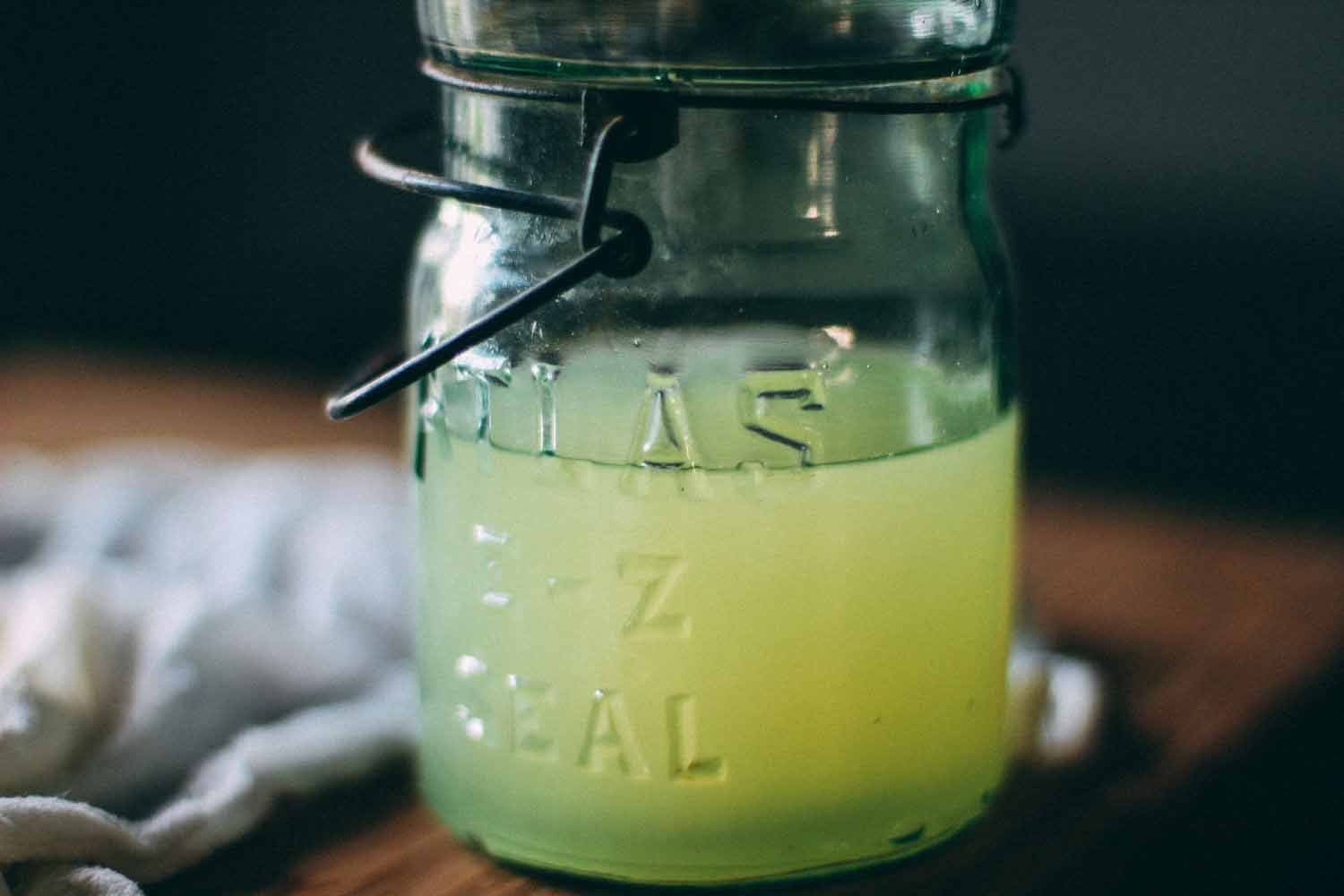Whey and cream cheese or "yogurt" cheese are staples in our home. Rich in beneficial probiotics, enzymes, vitamins, minerals, and protein, whey can be consumed a few tablespoons a day as a tonic to boost nutrition, aid in digestion, and maintain healthy muscles, joints, and ligaments. In fact, Dr. Kevin often utilizes whey for specific, monitored fasting for patients on healing protocols. Additionally, whey, is high in lactobacilli, and is often used as a starter culture in lactofermented foods to ensure the proliferation of lactobacilli within the ferment. Whey can also be used as an excellent nutrient boost to smoothies as well as an acid medium for soaking grains for better digestion.
Cream cheese prepared this way has an abundance of beneficial probiotic bacteria and enzymes, not to mention no artificial preservatives or denatured dairy found in most commercial cream cheese. If you have trouble digesting dairy, make sure to start with homemade yogurt cultured for 24 hours. When dairy cultures this long, the vast majority of milk sugars have been eliminated and it is much easier to assimilate for those with impaired digestion.
Quality whey starts with quality yogurt, kefir, or milk. Ideally, cultured dairy would be made within your home using raw, grassfed milk from a cow or goat. However, if you cannot source these items or are tight on time, organic yogurt from the grocery store will work just fine.
Whey can also be made from clabbered milk. To do this, start with quality raw milk and make sure it is in a clean, sealed jar left at room temperature for 1-4 days. During this time the milk will clabber and you will start to see milk solids separating from the liquid whey. It is imperative to use raw milk as the presence of friendly microbes are still intact to promote a safe souring process.
Ingredients
2 quarts yogurt, kefir, or raw milk
Line a large bowl or liquid measuring cup with unbleached cheesecloth or other thin, clean cloth and stainless steel strainer. Pour yogurt, kefir, or clabbered milk into the cheesecloth lined strainer. If you do not have a strainer, you can knot your cloth around a wooden spoon to suspend the draining dairy over a vessel to catch the whey. Cover with a tea towel and let it sit at room temperature for about 8 hours, or until the majority of the whey has been extracted. Whey stores great in tightly sealed mason jars in the refrigerator.
Homemade cream cheese can be used in place of conventional cream cheese in most recipes. Yogurt cheese is also excellent combined with fruit and wholesome sweetener of your choice and spread onto baked goods. We love incorporating fresh herbs, unrefined salt and pepper and serving it with sliced veggies or homemade crackers.
This recipe yields 4-5 cups of whey and about 2 cups of cream cheese. Kept in the refrigerator, cream cheese can last for up to a month and whey can last for about 6 months.





